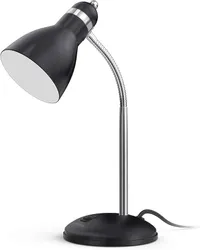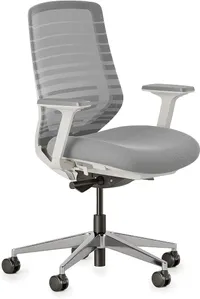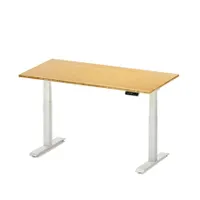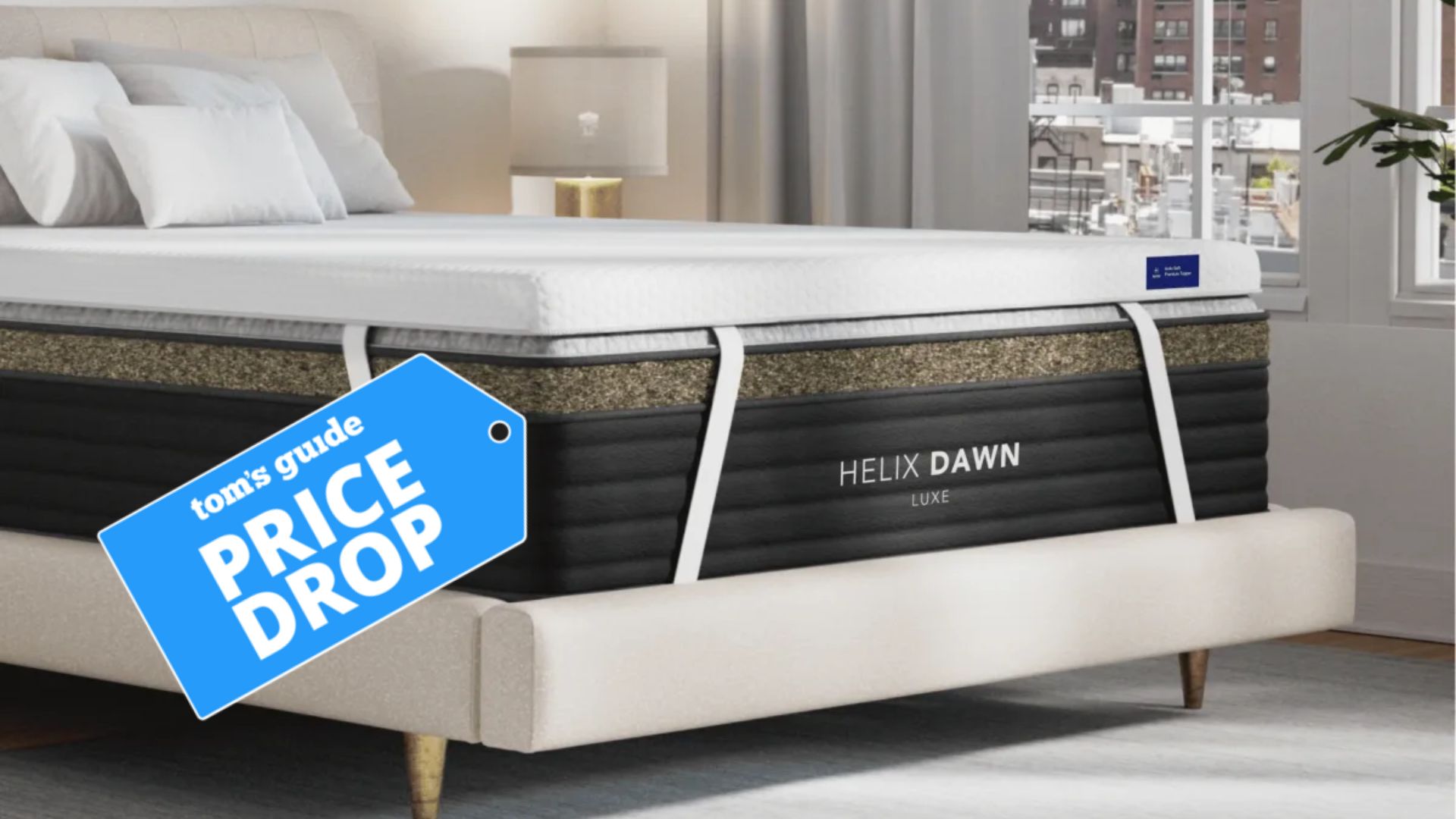The 5 biggest potential problems with your home office — and how to solve them
Is your work-from-home setup actually working for you?
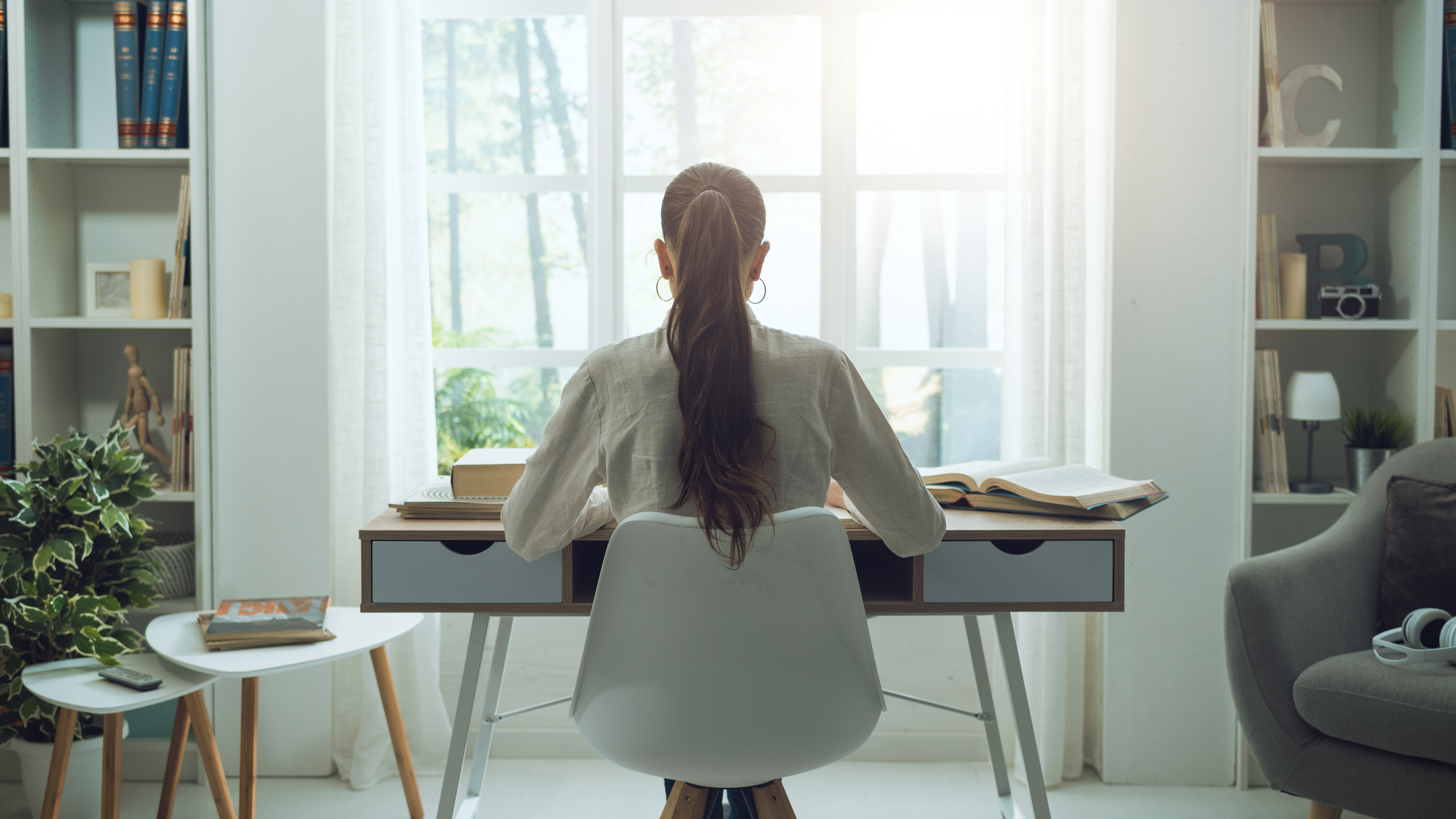
Whether you're new to the remote working lifestyle or you've already logged plenty of hours of work from home, there's a chance that the change of pace has hit you like a bus. The location freedom that comes with a remote job is incredibly liberating, but it requires its fair share of self-supplied discipline.
If you're stir-crazy like I can be sometimes, you may already know how important having a space that's conducive to doing your best work can be. Splaying out on the couch can be fun on occasion, but nothing beats a dedicated workspace — equipped with one of the best standing desks and one of the best office chairs — when long-term wellbeing is paramount.
If you've found that your home office isn't giving you the boost you need, you may want to check whether your space is hurting you instead of helping you. After all, there's a fine line between having the freedom to work from home and being kenneled up in a stale room.
While the list of improvements you can make to your home office to keep you loving it isn't exhaustive, these five fixes are a great place to start. They'll make some of the most substantial changes to the way you interact with your space, and you can get most of them sorted all on your own.
1. Let the light in
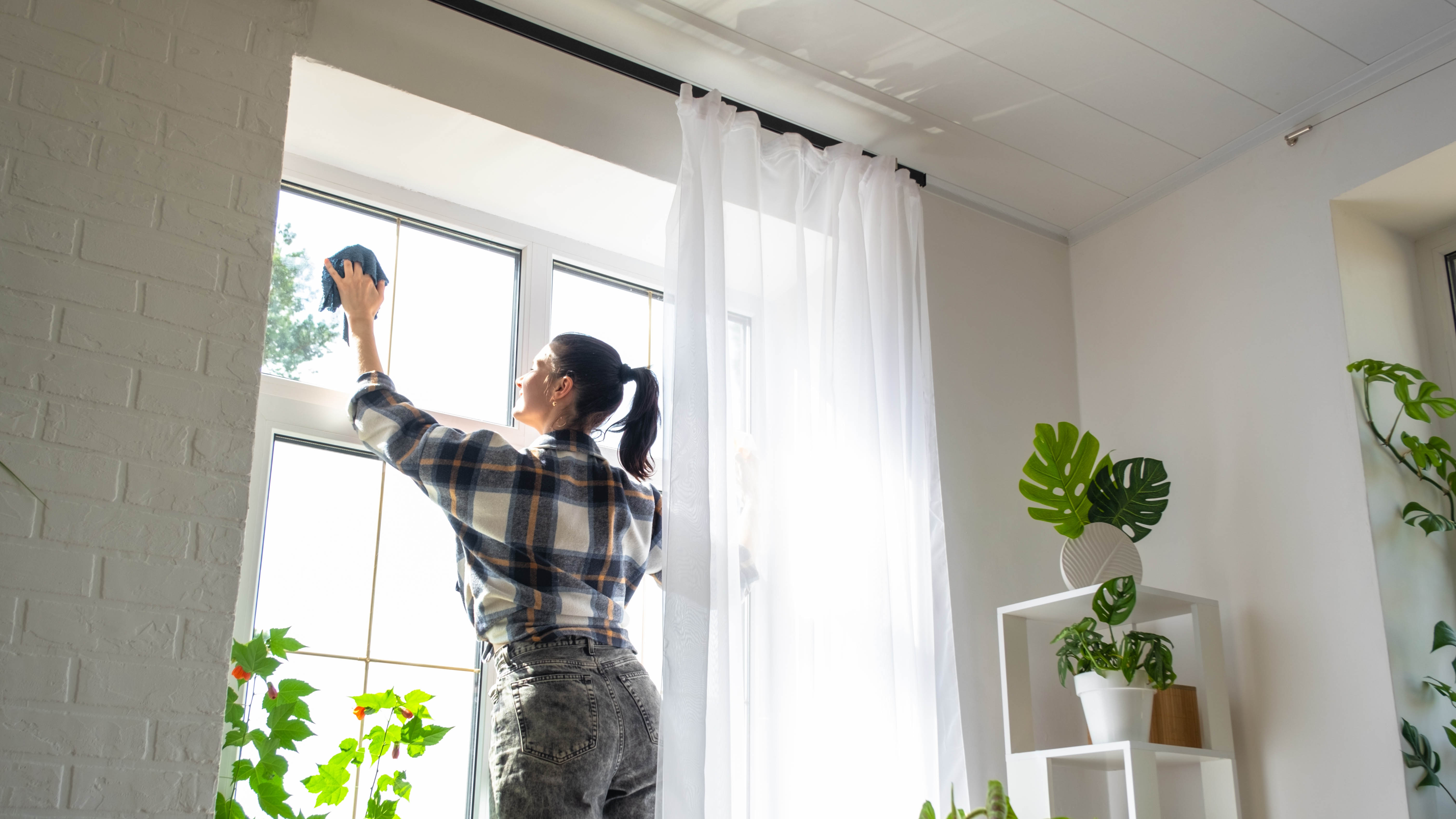
Before I became a journalist, I was a bike mechanic for seven years, and I worked at a bench in the shop basement. As much as I enjoyed the separation I got from the sales floor upstairs, there's no question that I struggled with the lack of windows. It messed with my sense of time, it was hard on my eyes, and I was constantly tired, even in the middle of the day. I often took breaks to "test-ride" bikes around the block, especially in the winter, just to get a fix of sun. Heed my warning: a lack of light can make you miserable.
A reliable source of light, preferably natural light, is crucial for your mental health. Don't just go by my anecdote — researchers at Cornell University agree that natural light can improve vitamin D synthesis, keep your circadian rhythm (sleep cycle) stable, and ease ailments like eyestrain, headaches, and anxiety.
If you have windows in your apartment, try positioning your desk near them. This puts you right in the path of direct sunlight, and it gives you a view that allows your eyes to focus on objects that aren't just a few feet away. Better yet, if one of your windows gives you an especially good view of some greenery, prioritize angling your work station to face it. I'm lucky to have one flowery tree that drapes over one of the windows in my office, for example, so I tucked my desk into that corner of the room.
Get instant access to breaking news, the hottest reviews, great deals and helpful tips.
If you don't have access to windows or greenery, don't fret: you can still light your room up with one of the best desk lamps to lower the contrast between your screen and your surroundings. Depending on the weather, taking a short break from your tasks to walk outside can also get you some valuable fresh air exposure.
Lepower Metal Desk Lamp: Was $33 now $23 at Amazon
Unassuming at a glance, this budget-friendly desk lamp wowed us during tests with its sturdy build, flexible adjusting arm, and unobtrusive matte finish that blends perfectly into your office environment.
2. A tidy office is a happy office
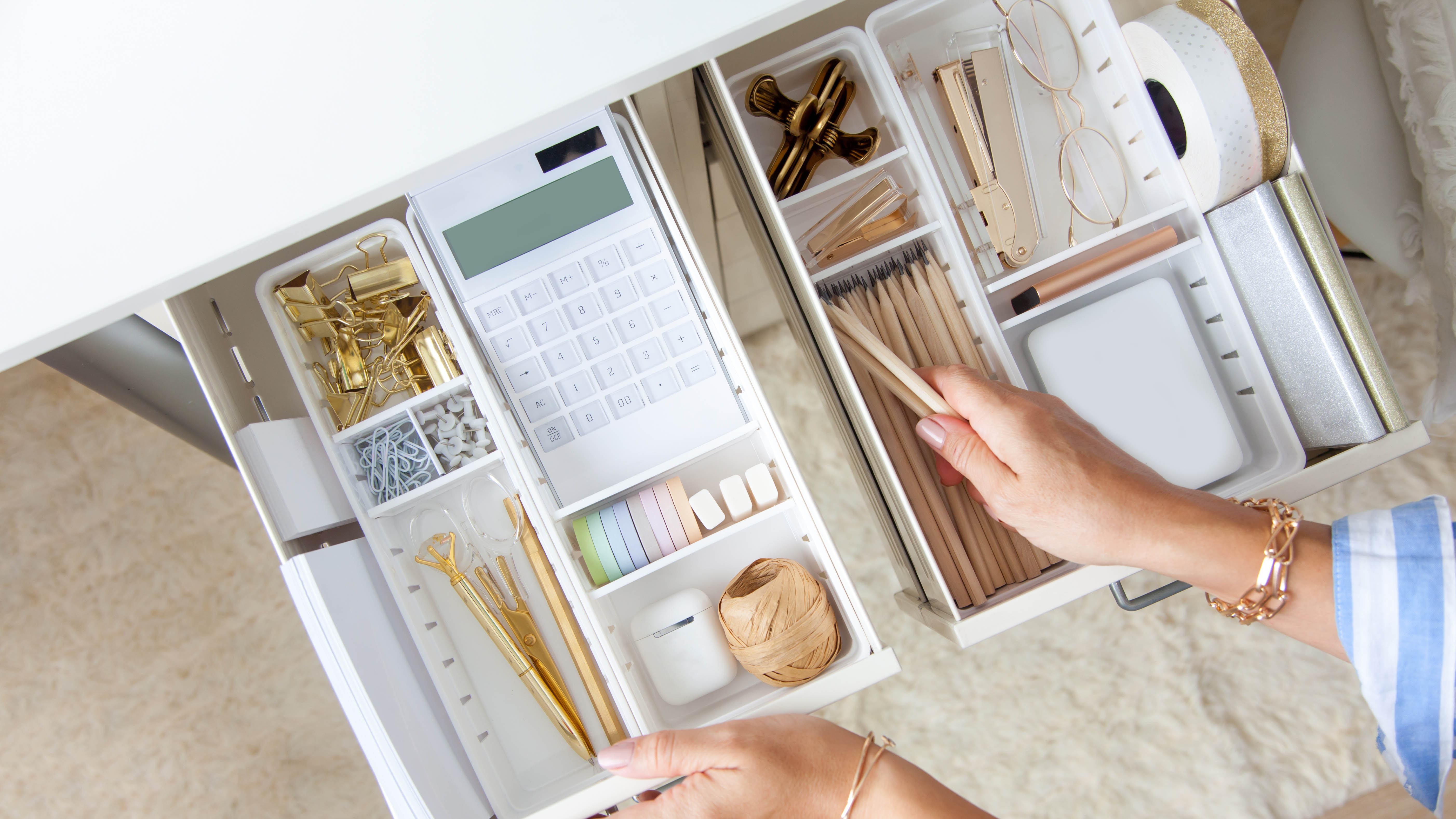
We're not going to fault anyone for letting their desk get messy while they work—after all, it can be sometimes be cathartic to splay your work out while you're really digging into it. But when you're not in the zone, that clutter could be harming your attention span. An organized workspace is key when focus is a priority.
Neurologists at Princeton found that, when our field of view is cluttered, our brain struggles to prioritize stimuli effectively. In other words, when there's more in front of our eyes than we can handle, all those stimuli become mutually interesting and uninteresting to our brains, which can make it hard to focus on a single item or task.
To keep your workspace tidy, we recommend investing in organizational tools such as desk organizers, drawers, and cable management boxes.
3. If you're sharing space, carve out your own
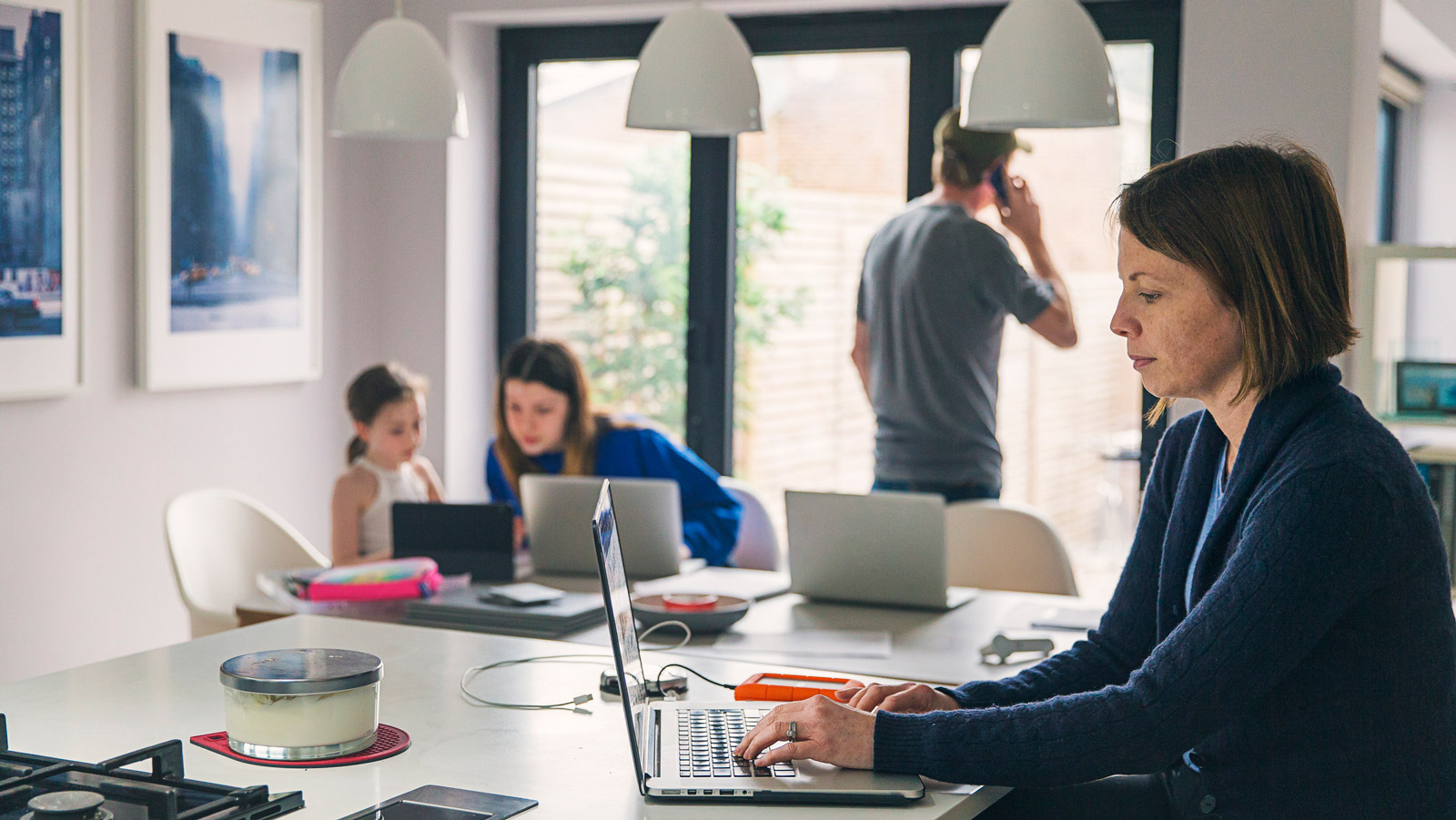
Co-working from home, be it with your pal or your partner, can give you some refreshing human contact, which many remote employees struggle to find during the workday. That said, by extension of our previous tip, it's important to make sure your workspace isn't overlapping too much with your body double.
If you share this space regularly, make sure each person has their own section of the office that's just for them. Sharing a desk, for example, can make you feel cramped and increase discomfort and stress. Similarly, if you're too close to someone else's work, that can count as clutter, too.
4. Be kind to your body — invest in ergonomic furniture
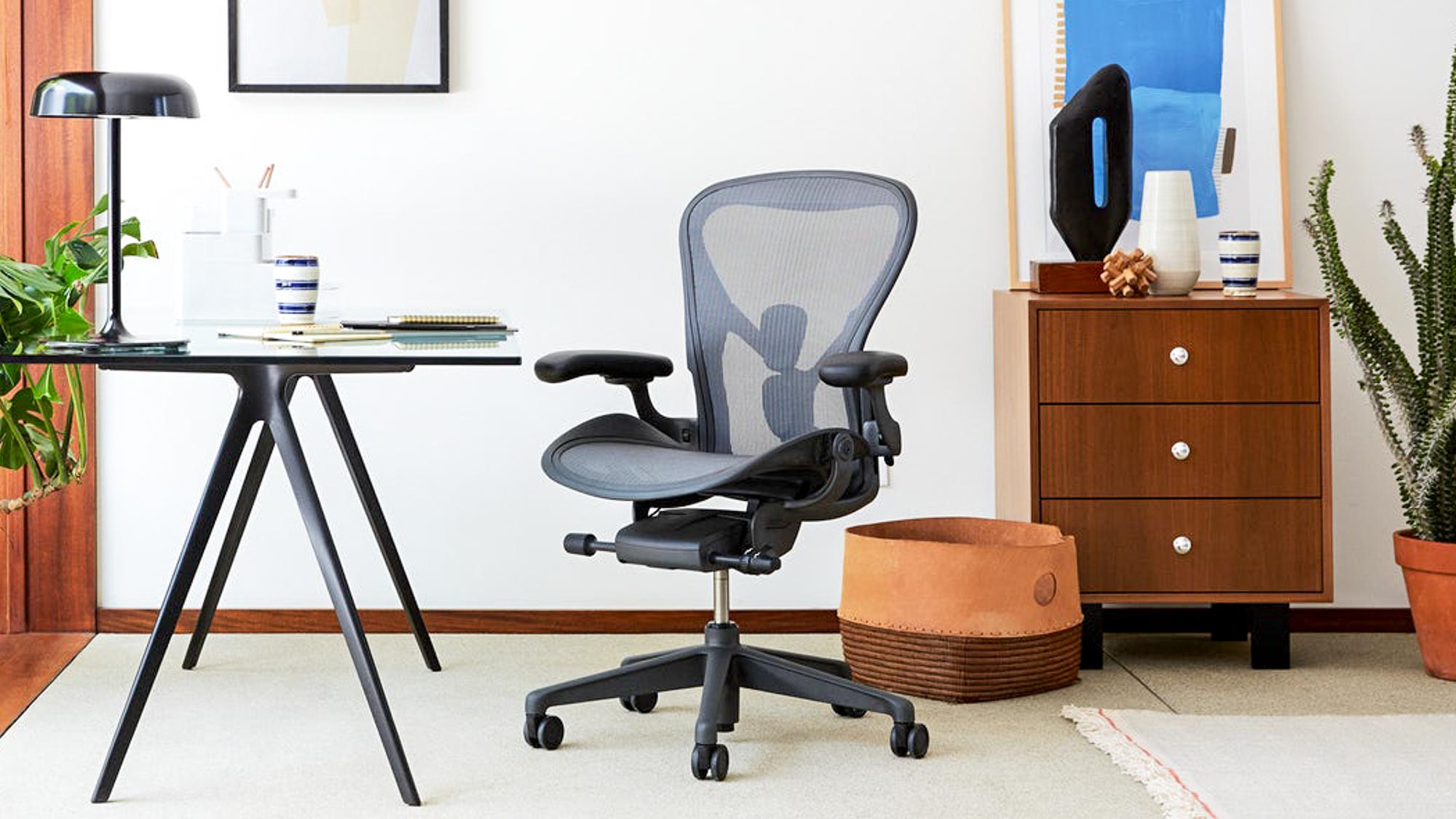
Let's do some math real quick.
Say you're working an eight-hour shift from home, and you do the whole thing from your desk. If you're doing that for five days a week, that's just a bit more than 2000 hours you're spending per year in your chair. That's a lot of time for an ill-fitting chair to erode your posture.
It's not a bad idea to prioritize finding a quality office chair that can adjust to your body and your work. Features like lumbar support and breathable backrests keep your spine aligned and your back sweat-free, which can keep you comfortable for far longer. Discomfort is a justifiable reason to be distracted—don't burn yourself out by trying to power through the day on an unforgiving seat if you can help it.
Branch Ergonomic Office Chair: $369 on Amazon
If you're looking for a quality starter chair, look no further: this Branch model offers ample lumbar support, a breezy mesh backrest, and smooth wheels for a fraction of the price many competitors will ask for their flagship furniture.
5. Keep work and rest as physically separate as you can
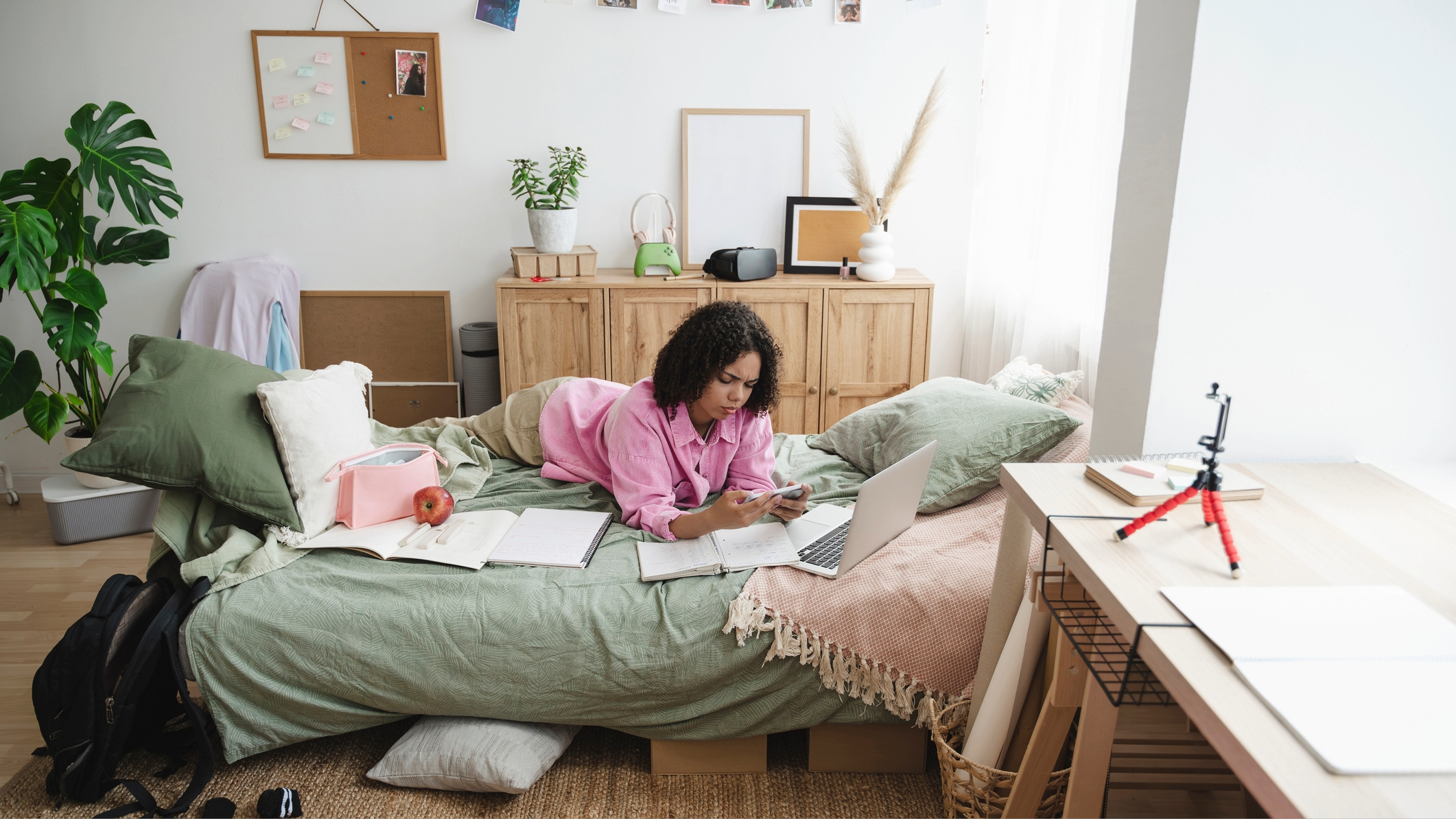
I am a strong proponent in the sanctity of spaces. It's why, during my last apartment search, I prioritized finding a place I could afford with a second bedroom, even though I live by myself. Having a dedicated workspace is paramount to me. After four years of having a desk in my room in college, I learned how hard it can be to wind down at the end of the day when I roll over and sleep right next to my work. Experts agree: the relaxing energy of a bedroom and the animated energy of a workspace are largely incompatible.
Some people prefer to churn out a few hours of work in bed every once in a while, and we're not knocking them for that. But if you've been struggling to mentally separate your working hours from the rest of your life, it might be worth investigating how that energy flows through (and is contained by) the layout of your home.
If you have nowhere else to put your desk, try rearranging your room to maximize the distance between the two spaces, or find a way to build a barrier between them with a wall or other furniture. My partner, for example, splits her room in half using an elaborate system of Ikea IVAR shelves and curtains. She finds that visual separation perfectly adequate.
FlexiSpot E7 Standing Desk: Was $579, now $379 at Flexispot.com
Available in a wide range of builds, including a bare frame, this standing desk is an ideal starter desk for any remote workers looking to curate the perfect home office vibe. It operates smoothly and quietly, it has plenty of surface area, and you can choose from eight different desktops to optimize the aesthetics and functionality of your workspace.
More from Tom's Guide
- Forget wrist wrests — this ergonomic standing desk has one built-in
- The best office chairs 2024 tested and rated
- 7 cheap ways to organize your desk and elevate your workspace

Adam Schram was a staff writer covering home office gear for Tom's Guide, writing about everything from standing desks to comfy chairs to the occasional walking treadmill. Prior to his tenure with the team, he reviewed running gear for Runner's World, cycling gear for Bicycling, and the occasional Lego set for Popular Mechanics. Before he became a journalist, he was a bike mechanic in his home town of State College, Pennsylvania for almost seven years. Now, he's based in Philadelphia. He spends his free time ripping his bike around local trails, perusing the local music scene, and trying in vain to do the Sunday crossword without cheating.
